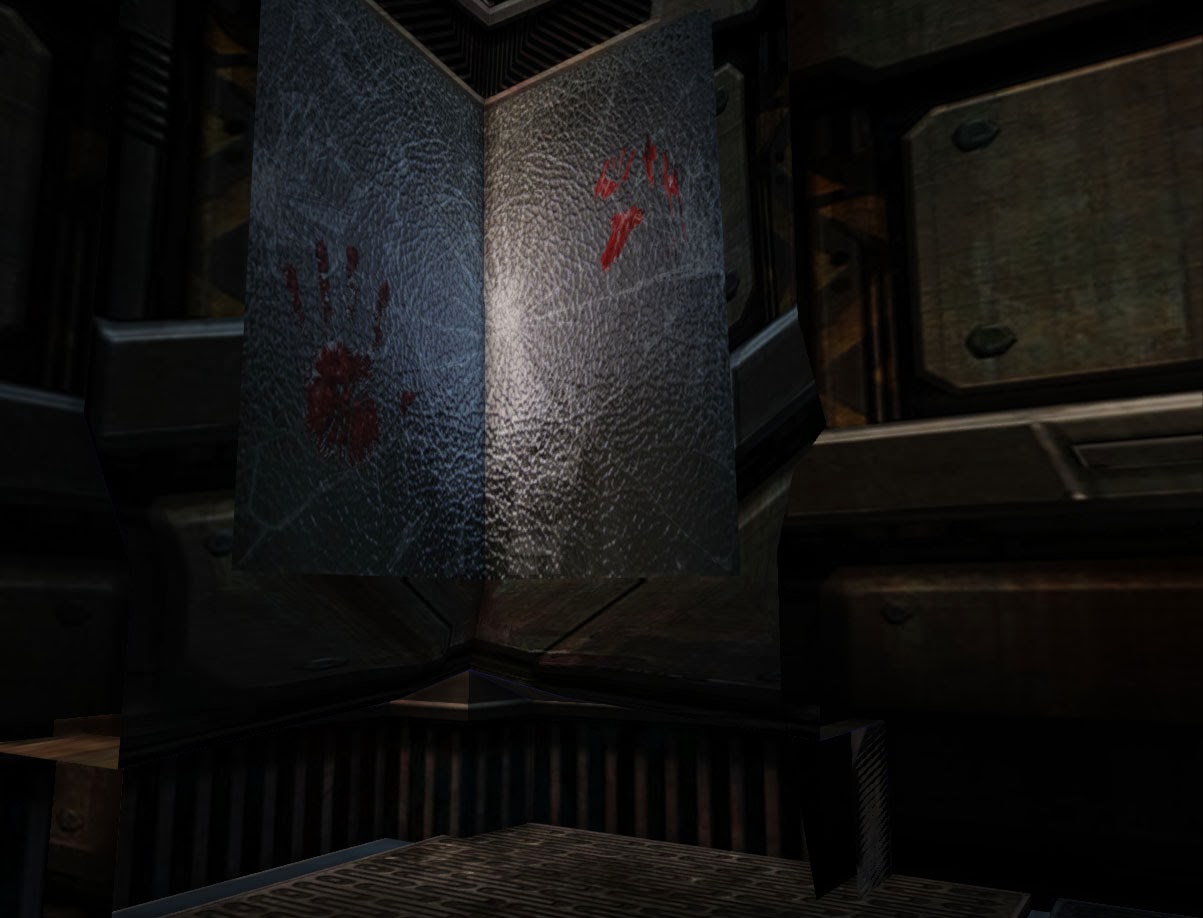We were given around two months to make our own character model. The only rules we had to follow was that the character model had to be Bipedal and not Quadrupedal or Digitigrade. Also we had to make three LOD's of the model. One at 15K, one at 7K and the final one at 1K.
So for my Character i 1st decided on going with a deep sea fish like a dragon fish humanoid.
But what i didn't realize is that something similar had already been done. Ben Ten character Rip Jaws although is originally referenced by a Angler Fish was to close to my idea and i didn't want people getting confused.
I then went on to think about another animal i could use, something that was cute but also very deadly. So I Googled cute but deadly creatures and this little guy came up.
This is a Slow Loris, one of the most cutest animals on the planet but don't let its size fool you because this primate has a wicked bite. These animals have glands under its fur that secrete a toxic bacteria that is deadly to pretty much everything including humans. It uses its tongue to spread the toxic over its body there fore giving this animal a deadly bite.
I also took references images of the face and hands especially because they are very different compared to other primates. The index finger is by far smaller compared to the middle finger. Also the mouth of a Slow Loris is were the chin should be but it all most looks as if the chin is non existent.
With all this research i started on concepts for my character. I tried multiple builds, shapes and sizes to started off with. Then gradually broke them down into fewer and fewer until i decided on one.
When i was happy with my final concept i went further and started on concepts for facial hair, to give the character more character.
So from this i drew up my Orthogonal character model sheet. I wanted the character to have some sort of Ninja feel to it but still have the authenticity of being from the jungle. So all of his armor would be made from things like bark, vines and leaves.
So from here i went into Zbrush and used Z spheres to make the base mesh of the character. From there worked on modelling the character untill it was ready to be put into Maya. I used the Z re-mesh tool which did help but left a ton of unnecessary edge-loops.
This was the final product, i was happy with the way things came out but there was a few errors with some of the maps. My Specular map didn't come out the way i had hoped also my idea with just baking the normals onto the Armour itself was good but it left the character model looking flat. I originally was going to use planes and just apply alphas to them as you can see by the feet and fore arms. Again this was miss judged because there was a limit to how many poly's you could use. This was my first time using the Z re-mesh tool which showed in my final product. In future i may just retopologize the entire character in Z brush rather than use Z re-mesh.


























































